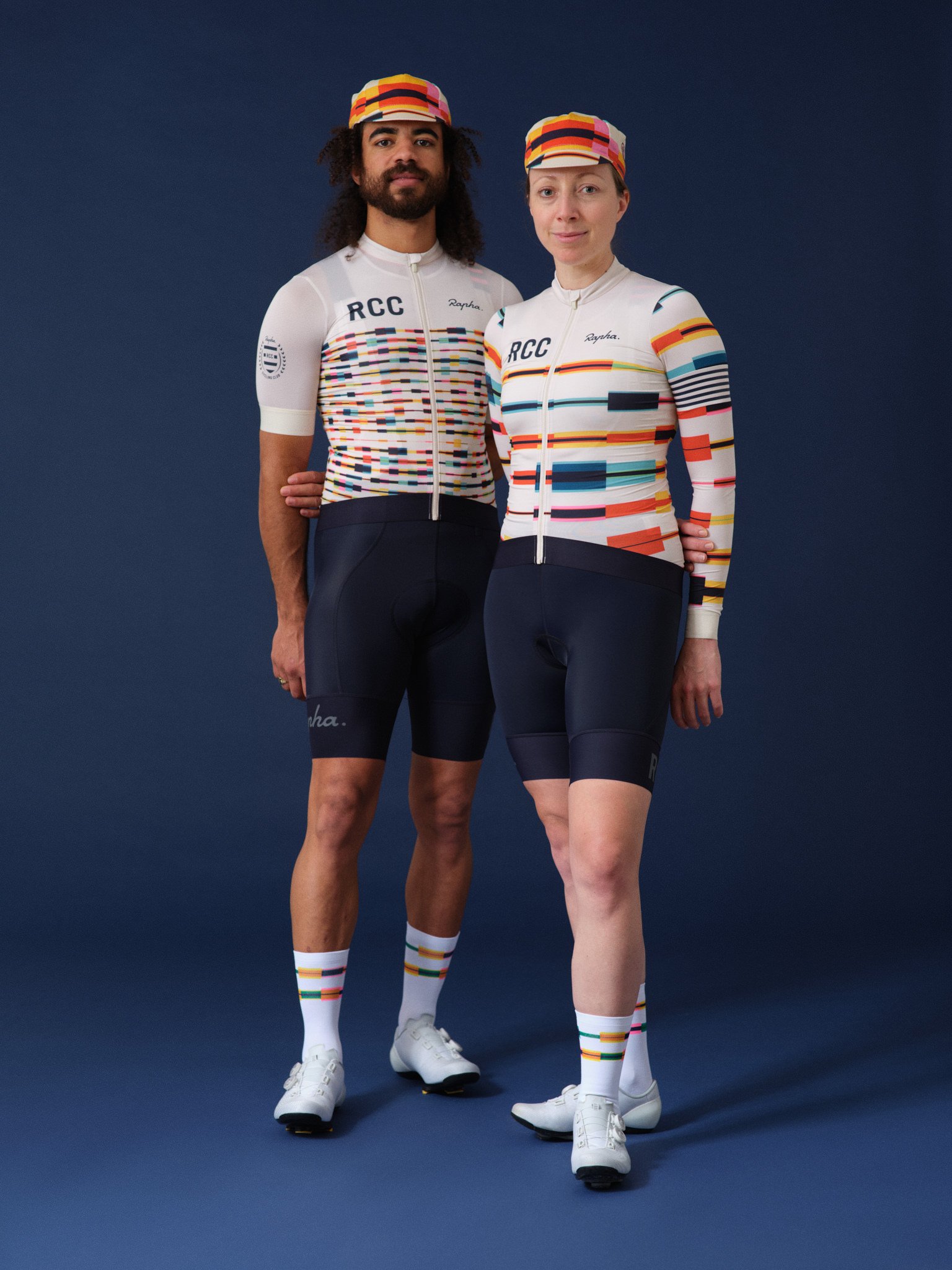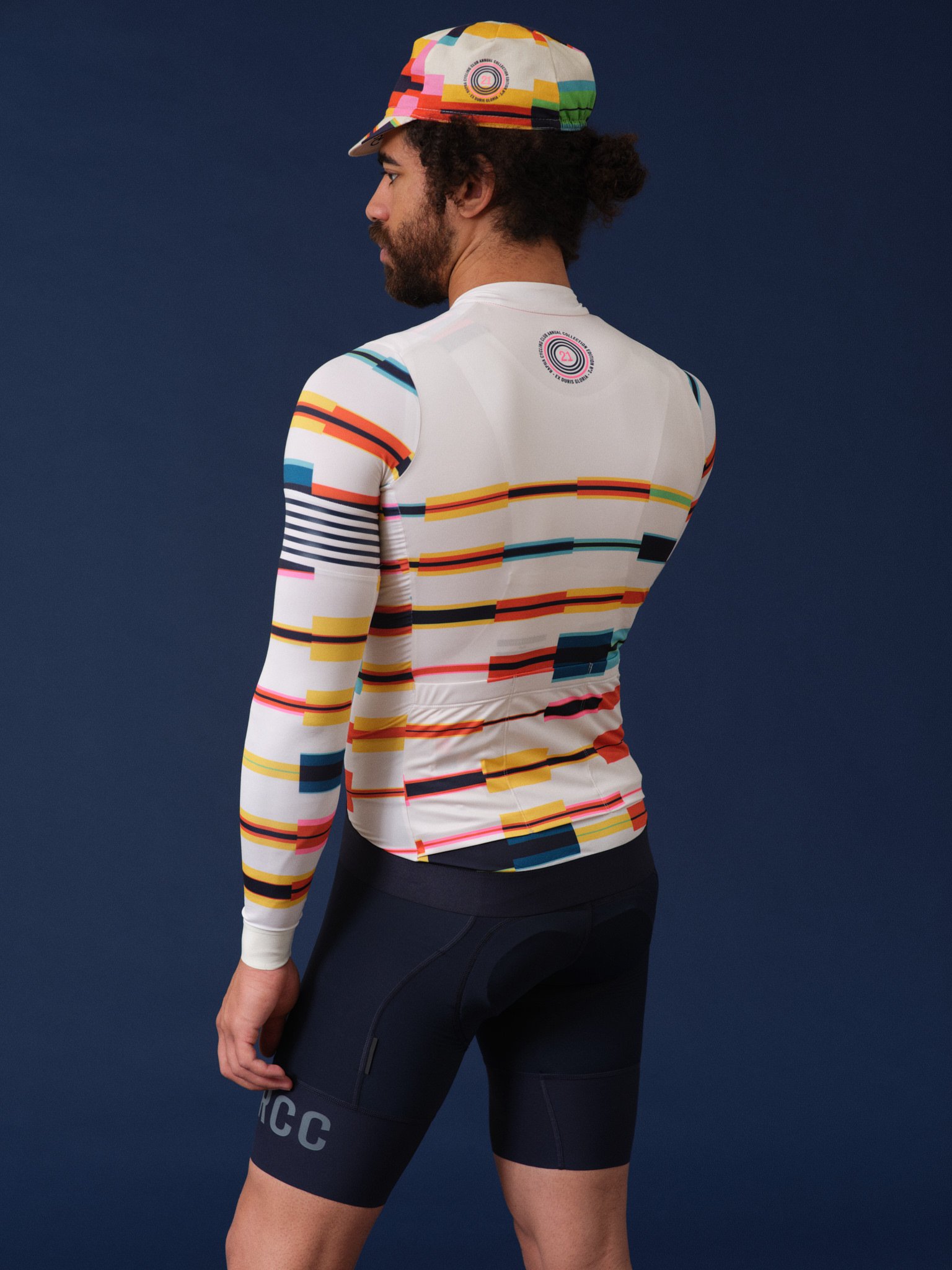Give Me Moire?
When two sets of lines or shapes line up they can create an interference pattern known as Moire.
It’s something you may never have encountered in photography and let’s hope it stays that way.
However, it’s something I’ve had to study closely in order to keep it well away from my work.
This phenomenon is most visible when the lines move through each other and you can sometimes see this effect as you travel past two sets of parallel fence struts, for instance.
It’s an optical illusion, you’re not imagining things.
Modern digital camera sensors have straight lines of micro lenses. Very uniform, very straight lines.
Many fine fabrics used in modern clothing are woven in straight lines. Very uniform, very straight lines.
Can you see a pattern emerging?
Throughout my time in the relatively brave new world of digital photography I’ve come across these two types of straight lines, lining up so well as to cause the most viscous ‘moire’ patterns in images.
Ironically, the original photographer's tool—film, derives from a semi organic chemical process and doesn't suffer from this issue as it’s unlikely to have totally straight lines occurring within the light sensitive material.
The digital sensor moire issue can usually be beaten with judicious use of post production software of various types. Most moire can be removed with some computational power applied via a complex mathematical algorithm. We’re allowed to put it just where it’s needed these days as well.
For the really tricky stuff other software can get right down between the pixels. But that all takes a huge amount of time and energy.
However, certain digital cameras just deal with the issue really well and it looks like Fujifilm have made one of them.
Many thanks to Nathan Wake at Fixation in London and Fujifilm UK for helping me out with this potentially moire laden shoot for Rapha.




















